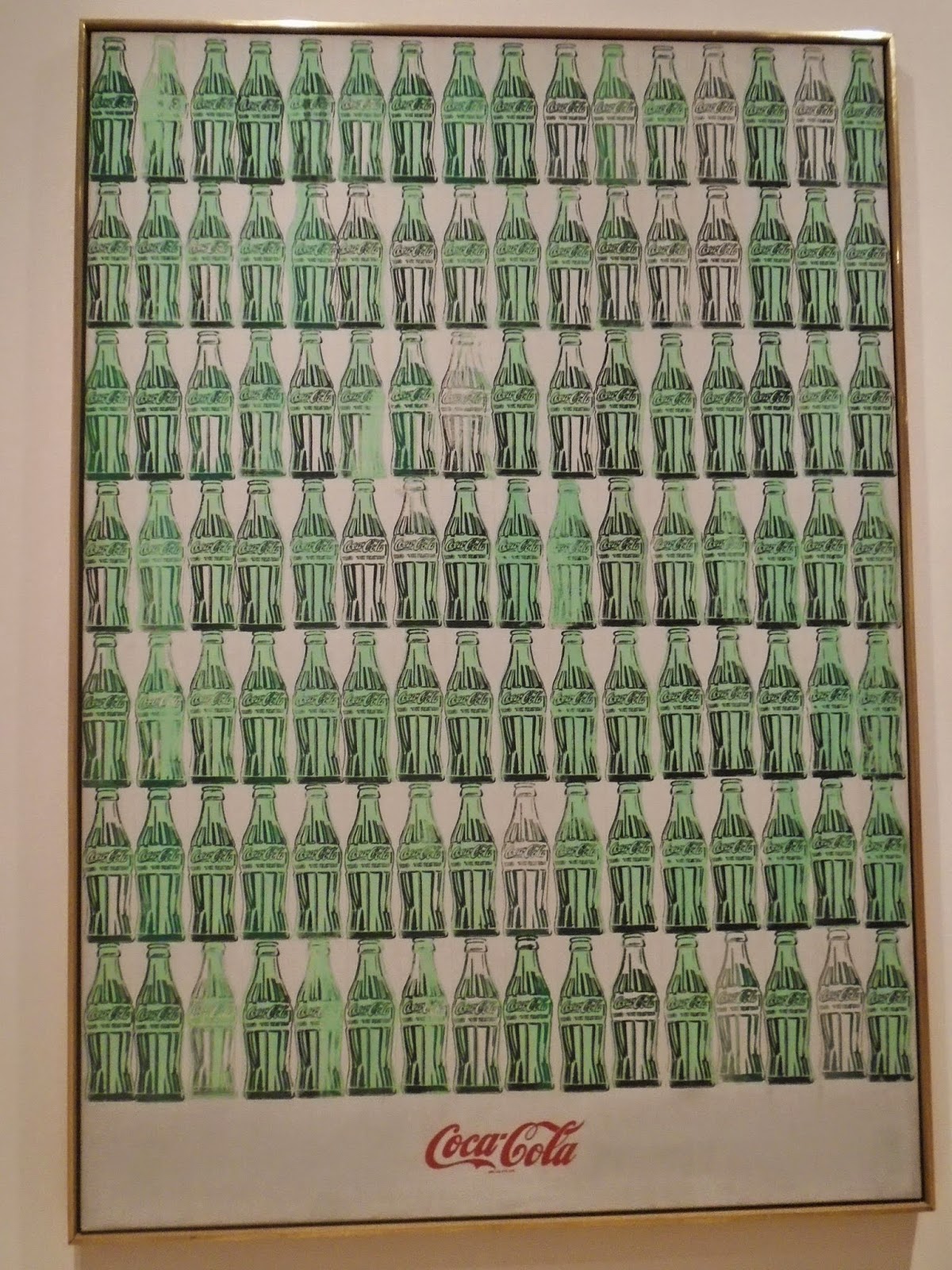The Asia Society is a cultural institution on Park Avenue (at East 70th St) that was founded in 1956. Through its public programs, private events, and art collection, the Asia Society's primary mission is to educate the world about Asia.
I last visited the Asia Society back in May, for an Australian short film screening. As this was a night time event, I didn't have any opportunity to explore the Museum itself, so I finally got back there this past weekend and I was determined to make the visit count. Unfortuantely (for you), photos aren't allowed anywhere in the Museum - so you'll just have to take my word for everything that follows.
Having paid my $12 admission, I bee-lined for the tranquil Garden Court Cafe. This glass-enclosed, sun-drenched restaurant is often used for the Asia Society's receptions and events, but I patronised it for tasty cold rolls (summer rolls) and strong coffee. Delicious! All of the menu items were pretty tempting though, so I suspect the Cafe may see more of me in the near future.
Just outside the Cafe there are four ceramic vases from Korea on display. They are part of the Museum's permanent collection, and will be on view until 4 January 2015. The Museum doesn't display all of its collection at the same time; rather, they rotate the pieces that visitors get to see, also drawing on the 300 or so items from the Rockefeller family collection. The items in the permanent collection come from across Asia, and date from the 11th Century BC, to the 19th Century AD. The Museum's decision to exhibit its collection piecemeal might seem frustrating, but there is something to be said for keeping the collection fresh by only allowing fleeting glimpses every now and again.
 |
| Nam June Paik's work, taken from an earlier exhibition. Image credit here. |
I confess I didn't really understand the Becoming Robot exhibit, but I did at least marvel at the imagination of the artist to create a working, walking, interactive robot sculpture. I also enjoyed the bright colours of all the old-fashioned radios and TVs stacked together to look like robots. Other exhibits were definitely more weird and some of them were even interactive but in my ignorance I'll admit I wasn't in a very participatory mood, much to the delight of the Museum security guards. Nam June Paik's creative and confusing exhibition is also on view until 4 January 2015, so you definitely still have some time to see it.
If you're a regular reader of this blog, you'll know how I feel about Museum gift shops, and you mustn't miss the one in the Asia Society's lobby. It has a rich library of beautiful books from previous exhibitions, art photography, travel stories, and even colouring-in books and Asian language-learning books for kids. The raw silk scarves and jewellery are just beautiful, and the little Buddha statues will always be a particular favourite of mine. Definitely exit through this gift shop.


















